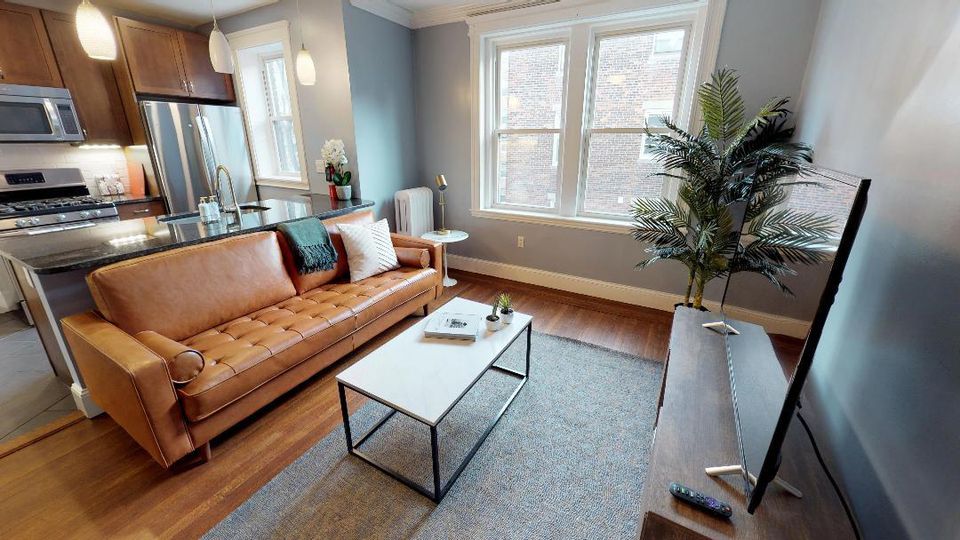How big is the co-living movement? So big Cushman & Wakefield recently published a state of co-living industry report to gauge the state of the phenomenon.
The report noted many urban residents are cost-burdened by their rents, sending more than 30% of their income to their landlords. Citing the United Nations, the report stated 55% of the world’s population resides in urban areas, a proportion projected to grow to 68% in the next 30 years.
The numbers of 18- to 28-year-old individuals opting for city living has increased 40% in the past two decades. Meanwhile, ability to save for a home down payment has been eroded for many by the burden of college student debt. And societal shifts have destigmatized the option of renting as a housing choice.
All of which has led to a wholly expected result. In the next few years, the number of co-living housing units nationwide is anticipated to triple.
One of the wellsprings of the co-living movement has been, not surprisingly, San Francisco. The city by the bay is among the most difficult to afford, with just one new home being built for every 4.5 jobs created.
Supply and demand being what they are, rents go on rising. The problem is unlikely to be solved by development of new units. Among reasons: Developers are incentivized to construct luxury rental communities, land costs continue rising and ever-present NIMBYism obstructs the creation of more affordable rental apartment buildings.
Existing stock
One person who experienced these woes firsthand is Andrew Collins, who after stints in other cities moved back to San Francisco to find his old rental had soared 80% while he was away in business school. He also found the apartment search process outdated and inefficient.
He thought to himself, “The digital age has revolutionized and democratized every industry down to the way we travel in cities. Why not the way we live in them?”
With a co-founder, he launched Bungalow, along with an innovative approach to co-living. Founded more than 2 years ago in San Francisco, Bungalow taps the unrealized potential of private homes, reallocating their space to allow for multi-unit rental housing.
It’s a radical departure from other co-living models, and has enabled the company to best other developers by delivering greater numbers of housing units to the market in less time with less capital.
For cash-strapped would-be renters, leasing a unit with Bungalow means spending 30 to 40% less than they would a studio apartment in the same city. The company also provides the conveniences of roommate matching and furnished common areas, as well as picking up the tab for utilities that include WiFi and monthly housekeeping.
Those renting with Bungalow can move between homes within the same city and between cities without breaking their leases. The company plans events each month for its residents, enabling their clientele to meet new friends, an important plus when in a new city.
Expanded presence
On June 6th, Bungalow expanded its Bay Area presence, which until then had been confined to the East Bay, South Bay and Peninsula, into San Francisco proper. It unveiled more than 30 rooms across 10 properties in the Mission, Castro, Noe Valley, Lower Pac Heights and Japantown, with plans to add more than 150 rooms in these enclaves by year’s end. Expected rents: $1,200 to $2,000 a month, with utilities and housecleaning included in rent.
Having launched in Boston earlier this month, Bungalow is now in 10 markets across the country, managing more than 2,500 units across 500 properties.
“We considered buying or developing properties, but we were working with minimal capital and that forced us to be creative,” Collins says. “We realized that U.S. cities with housing shortages actually have unused housing stock sitting right under their noses in the form of single-family homes that aren’t being used efficiently. So we built a platform that essentially re-allocates single-family homes as multi-unit rentals.”
Source: forbes






